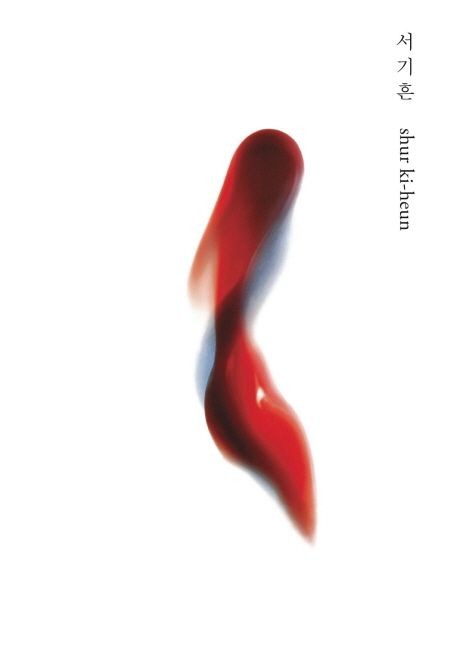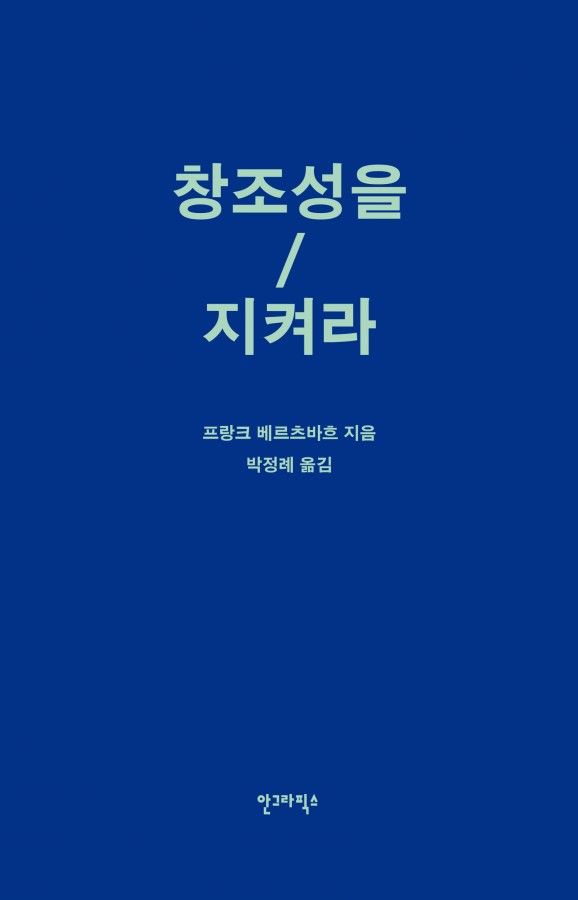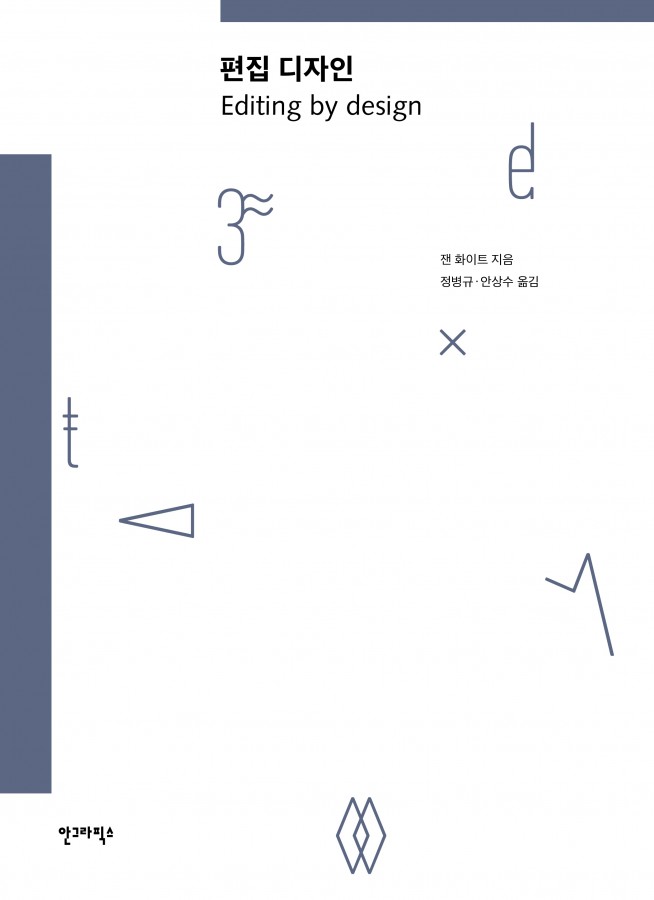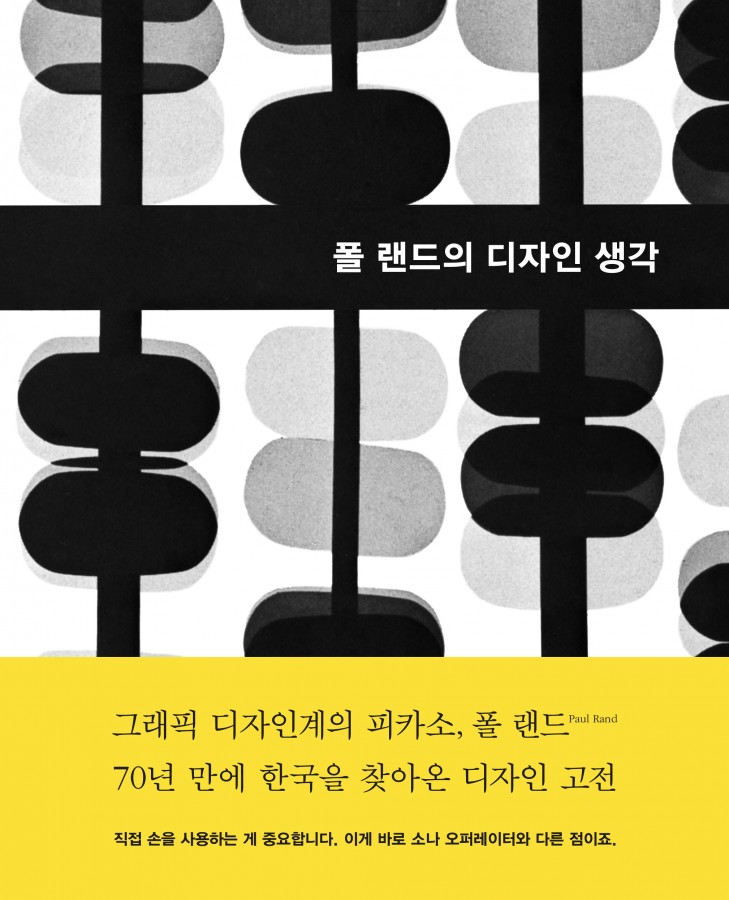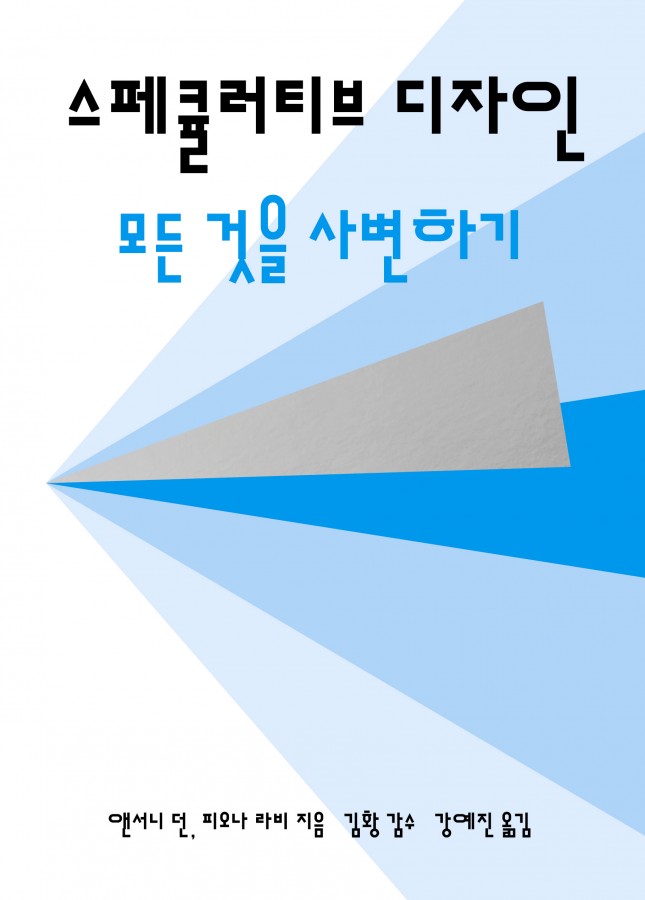Looking at Bauhaus from the opening of Bauhaus to the historization process after its closing
Bauhaus, a giant in art history, celebrated its 100th anniversary last year. Opened in the Weimar Republic (present-day Germany) on April 1, 1919, Bauhaus became the home to modern industrial design, having many influences on different fields under the slogan of “Art and Technology : New Integration.” This book examines Bauhaus from a Korean perspective and critically examines the process of Bauhaus becoming both history and myth. It also points out not only the meaning of Bauhaus but also its historical challenges, and finally analyzes its impact on today’s world of design. Through this, one can gauge what Bauhaus was all about, an institution that existed for a short time, but is now considered a myth.

